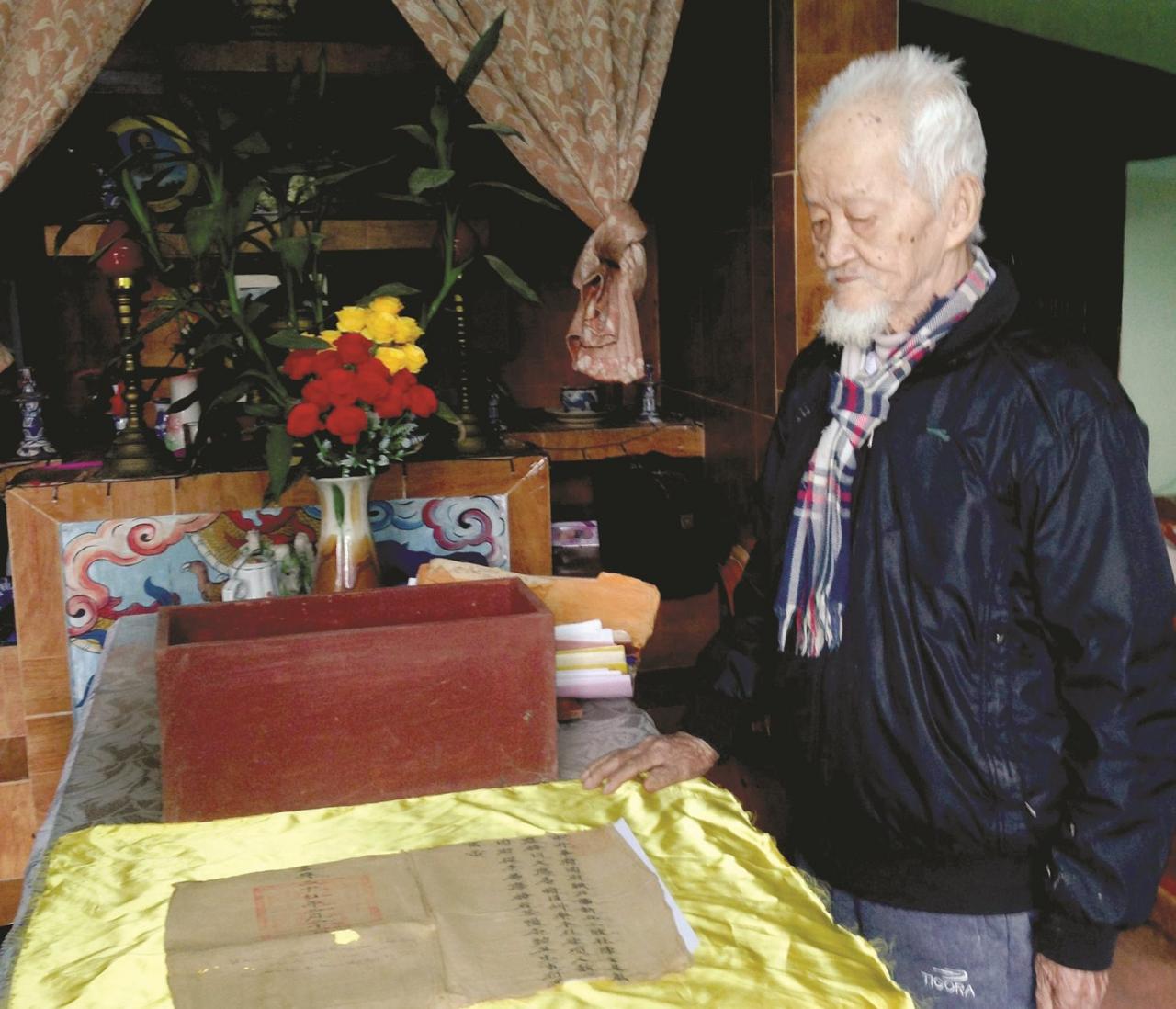
Village teacher
His name was Le Van Phu (died in 2019), who taught and traveled throughout his hometown to collect folklore documents. The elderly teacher took the pen name Phu Van - in which the word Phu was taken from the place name Phu Hung, the name of his old hometown.
The old teacher devoted all his energy during his retirement to writing three volumes: “Folk Songs”, “Hometown”, and “Old Stories of the Old Villages”. The three volumes recorded documents about the old villages named Phu Hung, Vinh An, Tich Dong, Thach Kieu, Bich Ngo, Khuong My… in the south of the Tam Ky River that he had spent his whole life researching.
Connecting the memories of the previous generation, Mr. Phu pointed out that the original name of his hometown was Tan Khuong commune, later changed to Phu Khuong and then to Phu Hung. The final name was Tam Xuan - which has been kept until now.
Continuing the initial results of Mr. Phu, I diligently searched for Chinese documents still preserved in the locality and found many documents proving the name changes of Tam Xuan 1 and Tam Xuan 2 communes of Nui Thanh district over time.
The old men - the "living histories" who "lived and died with the village". In each story and document they told, through the "written notes" of the author Phu Binh - Le Dinh Cuong, readers can easily imagine the history of the villages that existed since the time of the opening of the Southern region of Quang Nam.
Like a bridge, the names of the land and villages, or more broadly, the soul, meaning and identification of the homeland land, are continued seriously and continuously, from the generation of the elders Ngo Duy Tri, Tran Van Truyen... then to Phu Binh, Hai Trieu, Pham Huu Dang Dat.
They - some have gone to heaven, some are still keen to tell old stories, like author Phu Binh. But after them, how many people are passionate enough to go to the end... the origin of the names of the lands and villages? (XUAN HIEN)
Former prisoner of Con Dao
He is Tran Van Tuyen, also known as Truyen; during the resistance war from 1954 to 1975, he also used the words Huong and Tra taken from the old hamlet name of his hometown (now Huong Tra Dong and Huong Tra Tay blocks of Hoa Huong ward, Tam Ky city) as his alias.
In 1985, he retired. In his spare time, he actively researched the remaining Chinese documents to serve as a basis for restoring the ruins of the old Tam Ky communal house, which was located in Huong Tra hamlet. He called for funding from many sources, mainly from people in the hamlet, to rebuild the communal house from the old wooden frame. When it was completed, he proposed to name it “Huong Tra” to replace the old Tam Ky communal house.
According to him, the scope of Tam Ky commune has expanded too much, so it is necessary to use the name Huong Tra, the first place of residence of residents from Hoang Hoa district, Thanh Hoa province, to the Tam Ky river confluence area, to identify it.
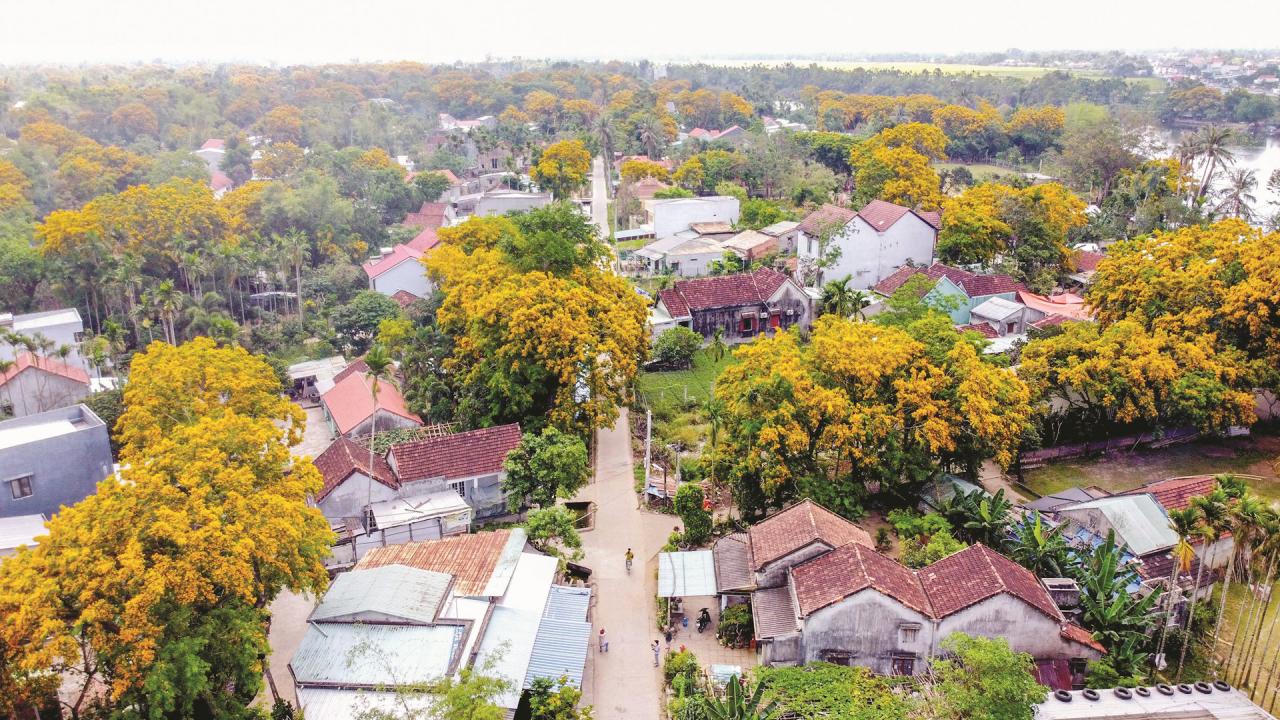
Everyone agreed with his opinion. Thanks to that, once again, the name of a small hamlet that was thought to only be circulated among the people after many changes according to administrative boundaries became an old place name that was still officially preserved.
Mr. Tuyen passed away in 2023. The funeral wreath placed on his coffin during the burial clearly stated the Chinese characters after the deceased's name: "Huong Tra hamlet, Hoa Huong ward, Tam Ky city" - a hamlet name that followed the devoted son of the village until the last minute.
Secretary Tra
His name is Tra Xuan Hinh, he was regrouped to the North in 1954. After 1975, he returned to work in Phuoc Hoa ward, Tam Ky town. The writer only had access to documents he collected or copied from his family.
Through that, we learned an interesting detail: About a year after the Northern border war, his locality had a campaign to eliminate superstition; in that case, fanatics conveniently destroyed the Chinese characters on the temple architecture.
Mr. Hinh also participated in that work to some extent; and, because he was fluent in Chinese characters, he secretly backed up valuable parallel sentences, horizontal lacquered boards, tablets, and prayer texts.
It was not until after his death (2010) that his family members opened those documents for us to see, and were stunned to discover many valuable records related to the origin of the village name, the worship architecture and cultural practices of Tu Chanh Ban Thach village (now in Phuoc Hoa and Hoa Huong wards). In his records, Mr. Hinh estimated that the name of the village had its origins very anciently.
Following him, through Chinese documents found in the ancient communes of Tam Ky and Tu Ban, the author proved that the original name of this place was “Suoi Da man” - a name recorded by scholar Le Quy Don in 1776 in the book “Phu bien tap luc”.
Cooperative officer
On the northeastern slope of the mountain with the tallest TV tower in Quang Nam is the house of Mr. Ngo Duy Tri (a regrouped cadre, he died in 2015).
Returning from Thai Nguyen province in the North after April 1975, Mr. Tri participated in building agricultural cooperatives in the locality. His hometown, Tu Chanh An Ha commune, adjacent to Chien Dan lagoon, was once recorded in ancient history.
Thanks to his previous knowledge of Chinese characters, he quietly read each page of the village's land register established in Gia Long year 1807 that was still preserved, recording the area of each piece of land in the village to help local agricultural cooperative officials compare it with reality.
From the names of landowners from the early 19th century, he contacted the clans to help compare genealogies to determine the time of life of each individual in the clan through the generations. From there, he began to research the genealogies of the clans living around Chien Dan lagoon, which later became known as Bai Say - Song Dam.
Linking the genealogies, he reconstructed the journey of village establishment of the residents of An Ha village and neighboring villages of My Cang, Thach Tan, Vinh Binh, Tan An, Ngoc My, and Quang Phu.
Through his collection “Ngo Duy Tri tells stories”, the land and people of the communes and wards in the eastern part of Tam Ky city from the time of land opening appear very clearly. Inheriting and learning more deeply from his research, the author was able to sketch a vivid picture of the land around Chien Dan lagoon - the old Ha Dong district, which once belonged to Le Duong district of Thang Binh prefecture, the old Quang Nam province.
Source


![[Photo] President Luong Cuong receives UN Deputy Secretary General Amina J.Mohammed](https://vstatic.vietnam.vn/vietnam/resource/IMAGE/2025/4/17/72781800ee294eeb8df59db53e80159f)
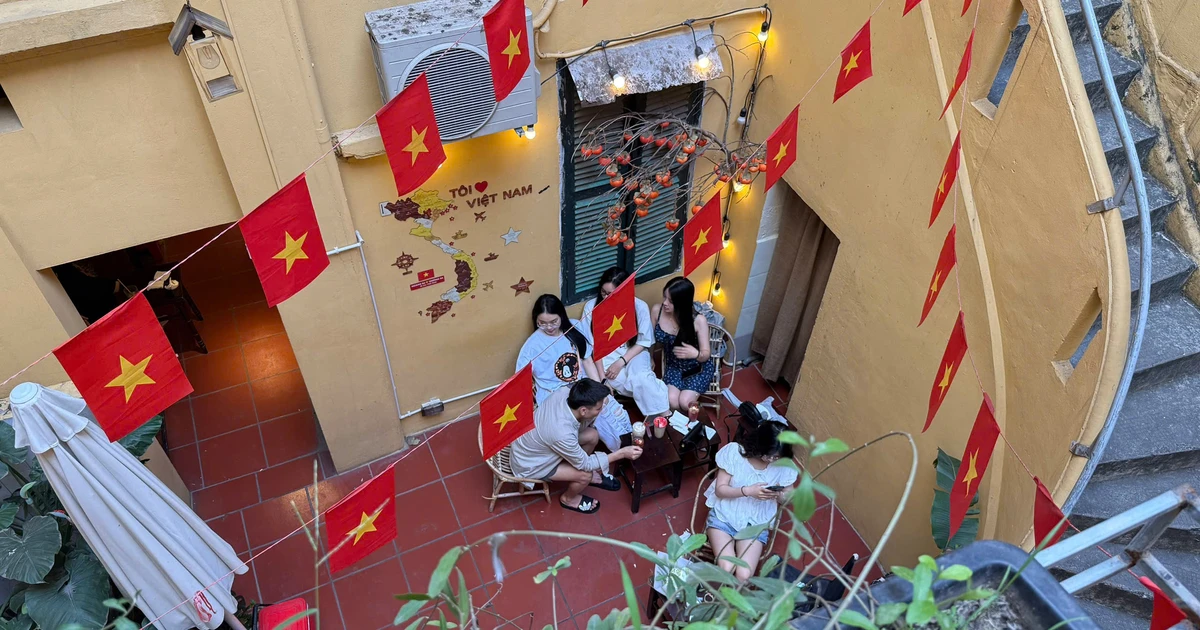
![[Photo] North-South Expressway construction component project, Bung - Van Ninh section before opening day](https://vstatic.vietnam.vn/vietnam/resource/IMAGE/2025/4/17/ad7c27119f3445cd8dce5907647419d1)
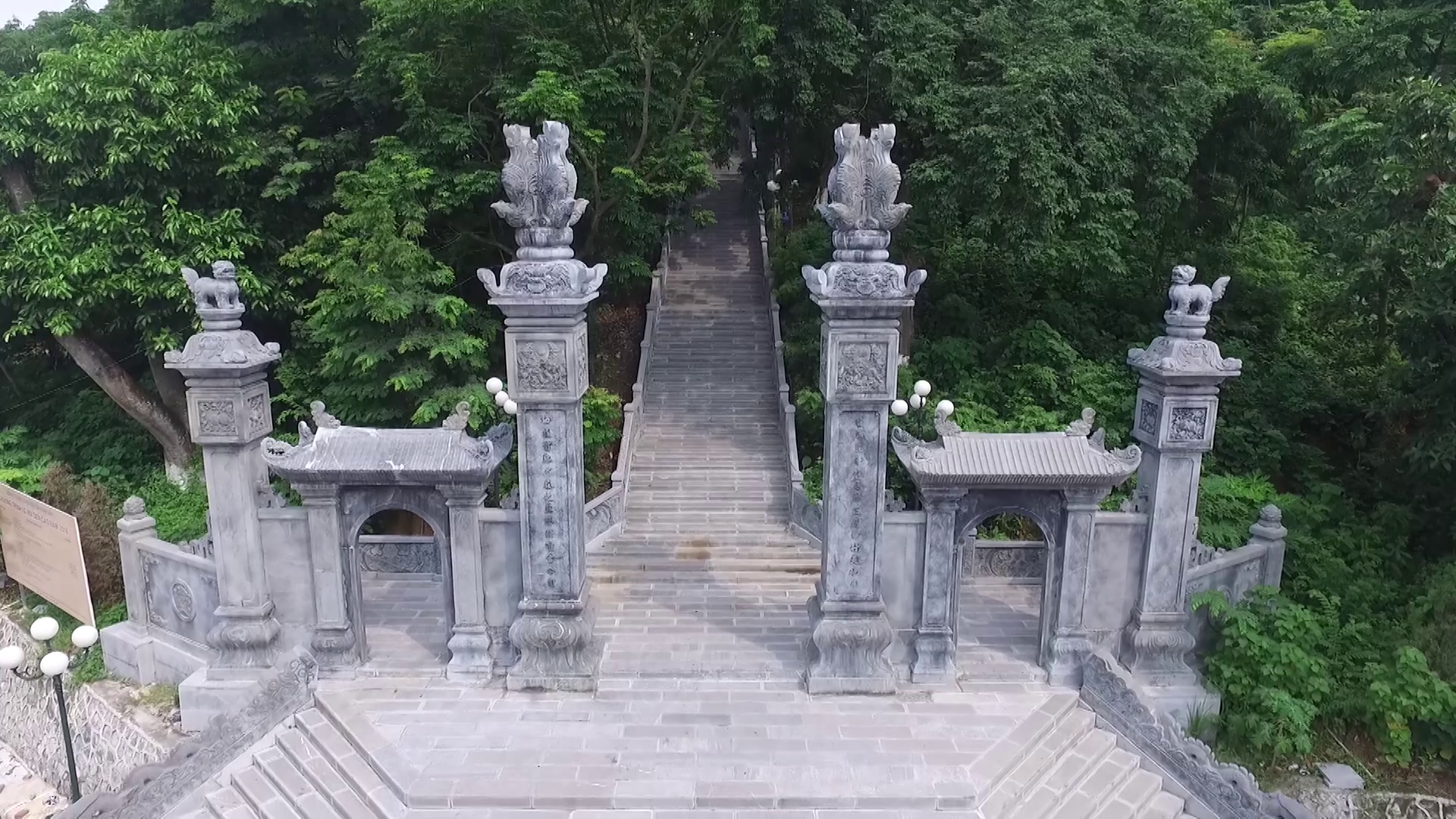
![[Photo] General Secretary To Lam attends conference to meet voters in Hanoi city](https://vstatic.vietnam.vn/vietnam/resource/IMAGE/2025/4/17/889ce3da77e04ccdb753878da71ded24)
![[Photo] President Luong Cuong receives Lao Prime Minister Sonexay Siphandone](https://vstatic.vietnam.vn/vietnam/resource/IMAGE/2025/4/17/337e313bae4b4961890fdf834d3fcdd5)
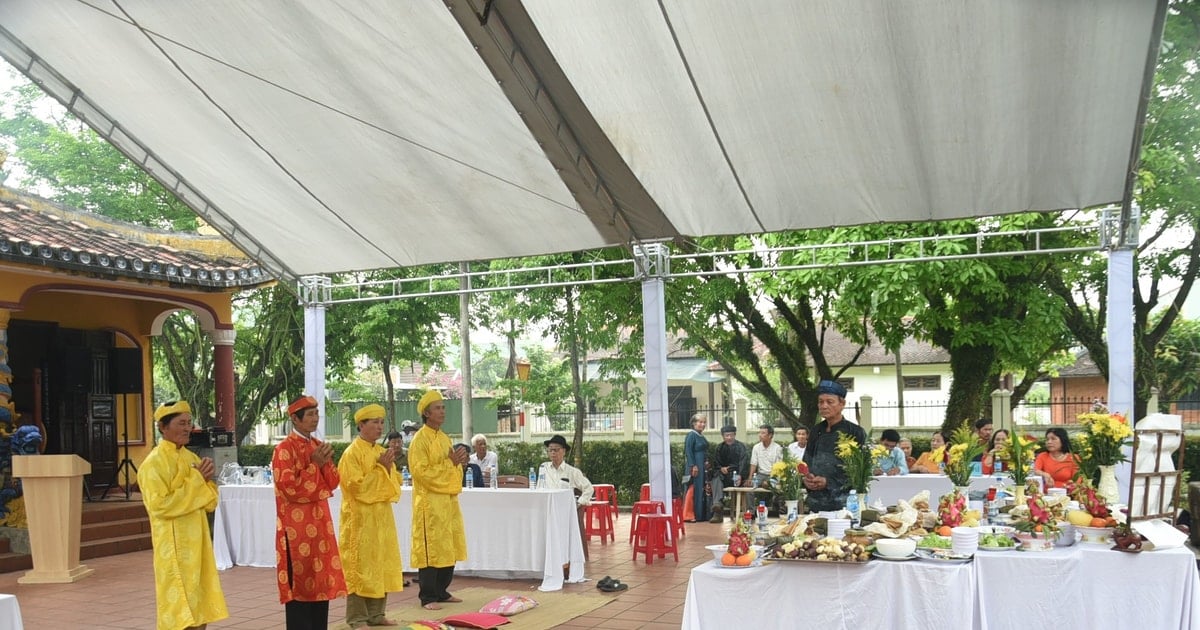
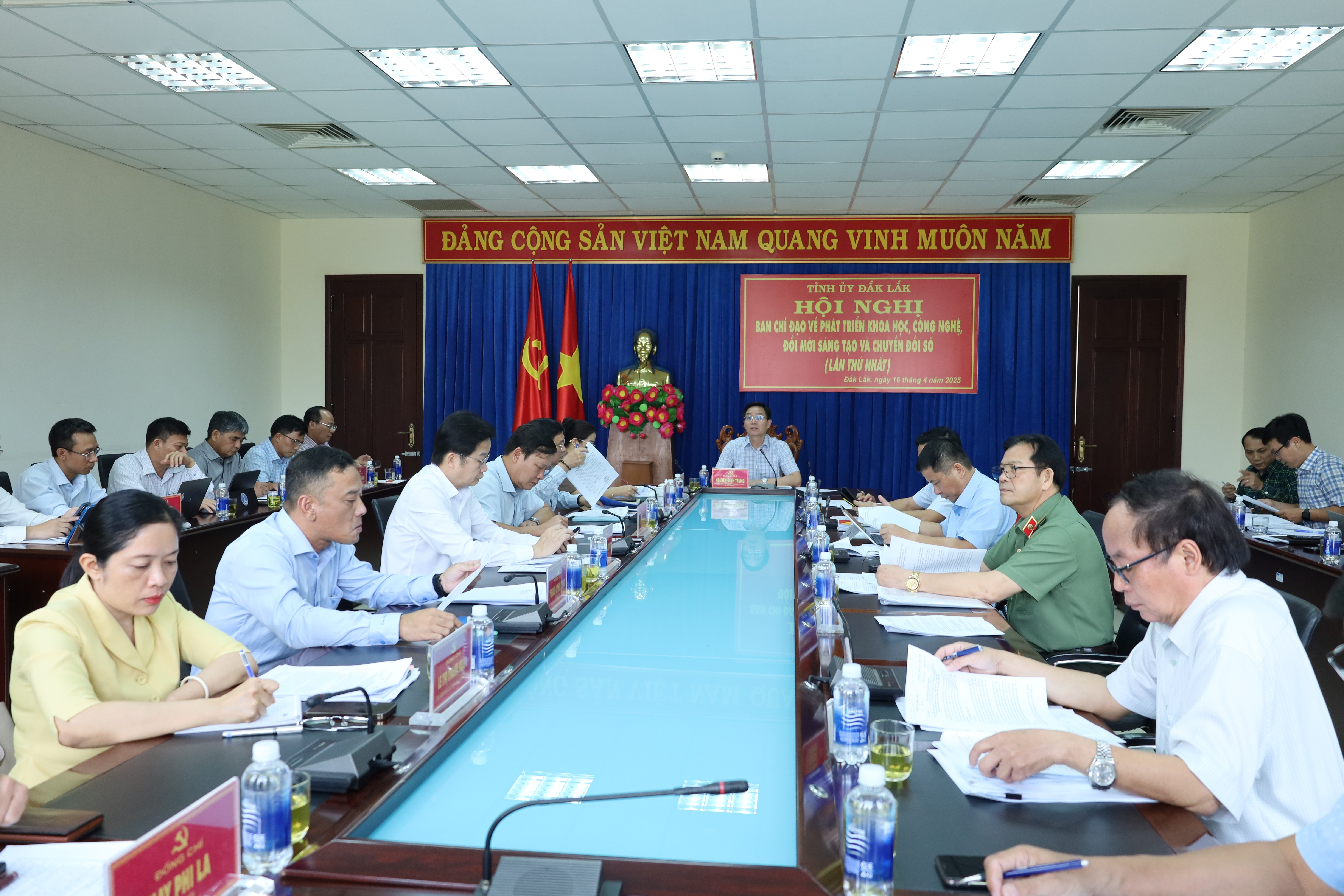



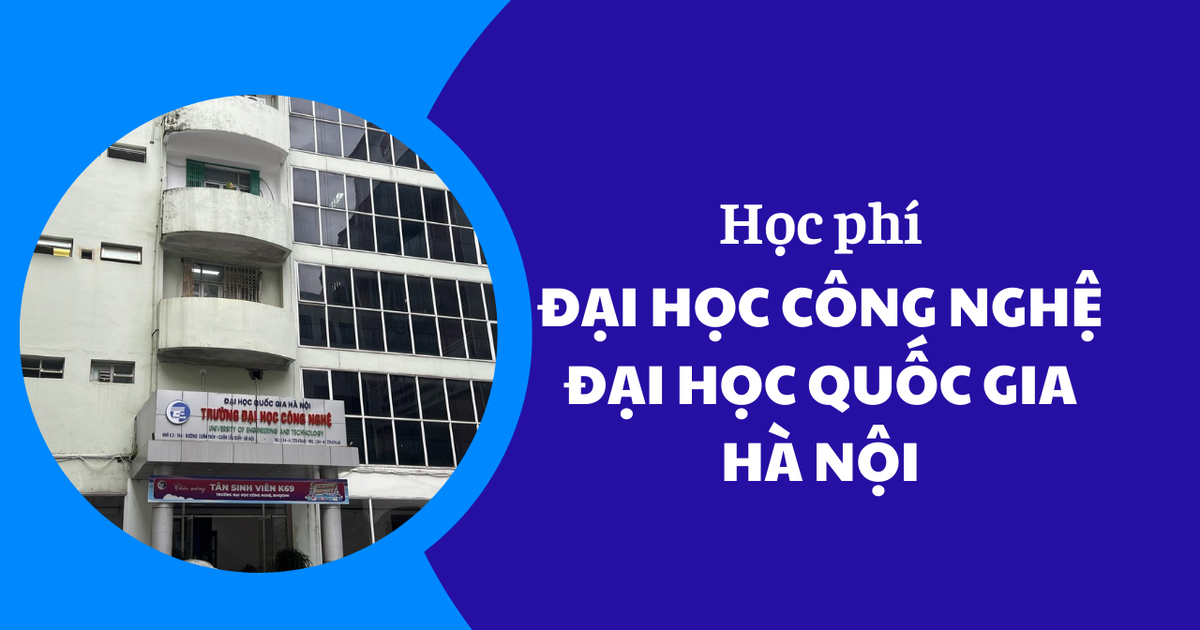
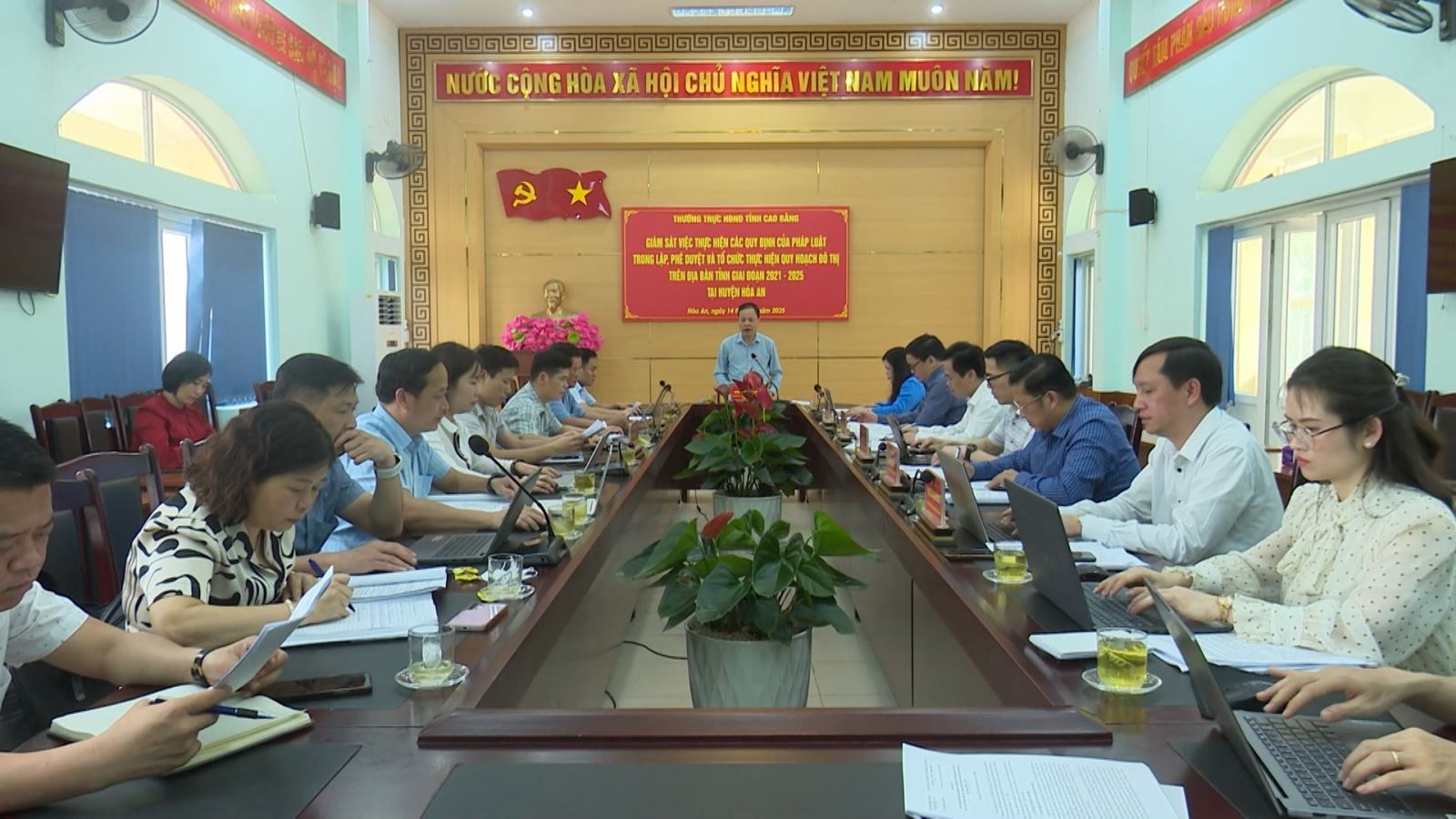








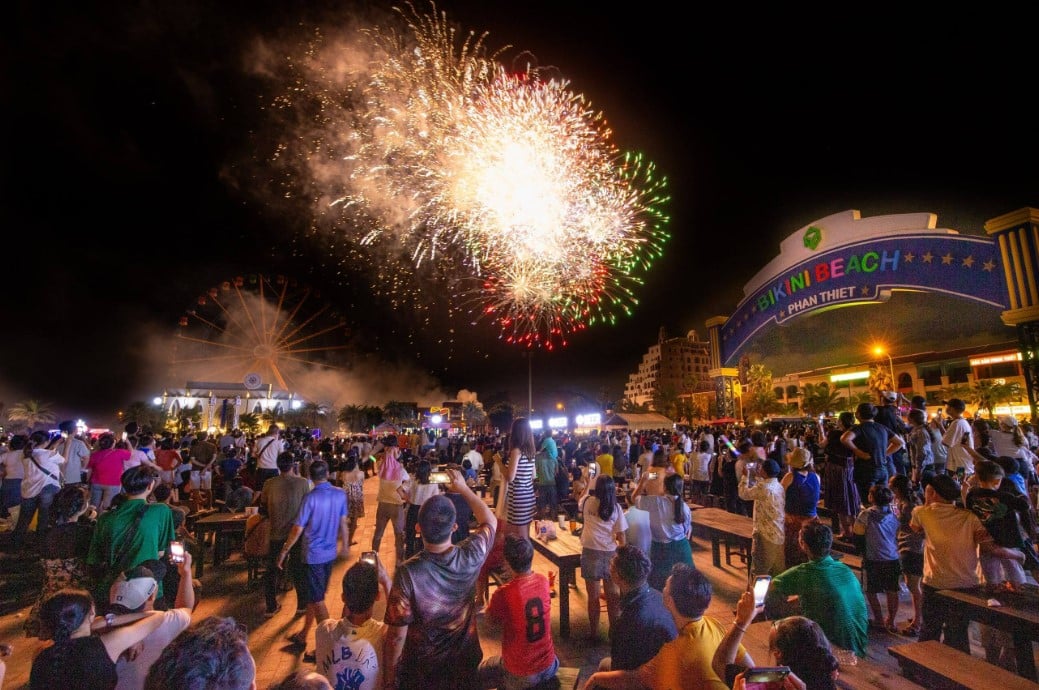

![[Photo] Many practical activities of the 9th Vietnam-China border defense friendship exchange](https://vstatic.vietnam.vn/vietnam/resource/IMAGE/2025/4/16/3016ed3ef51049219574230056ddb741)








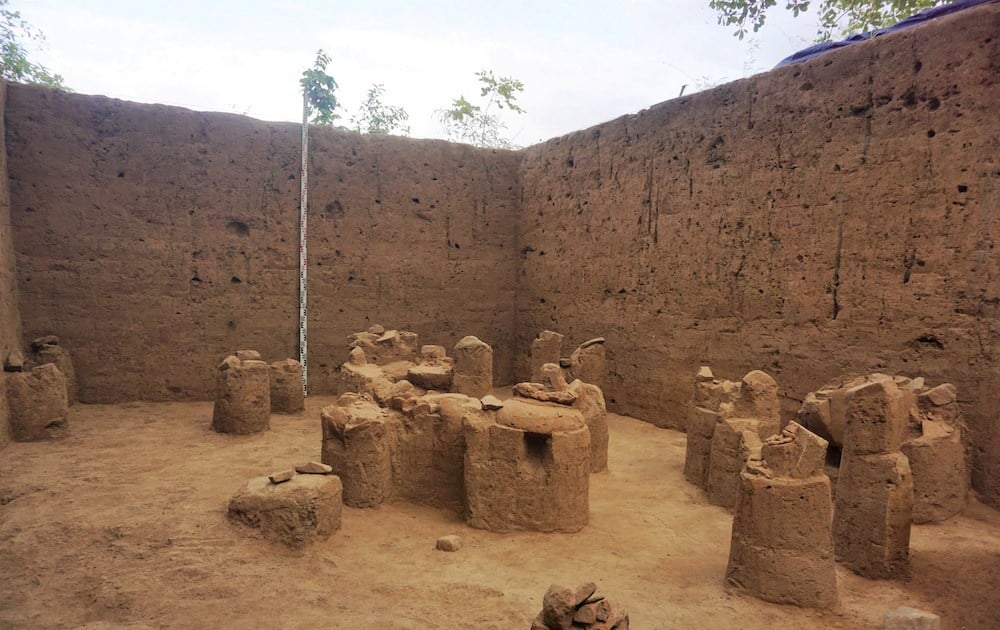















![[Video] Viettel officially puts into operation the largest submarine optical cable line in Vietnam](https://vstatic.vietnam.vn/vietnam/resource/IMAGE/2025/4/17/f19008c6010c4a538cc422cb791ca0a1)
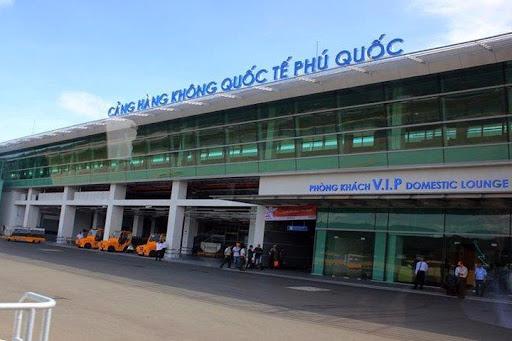



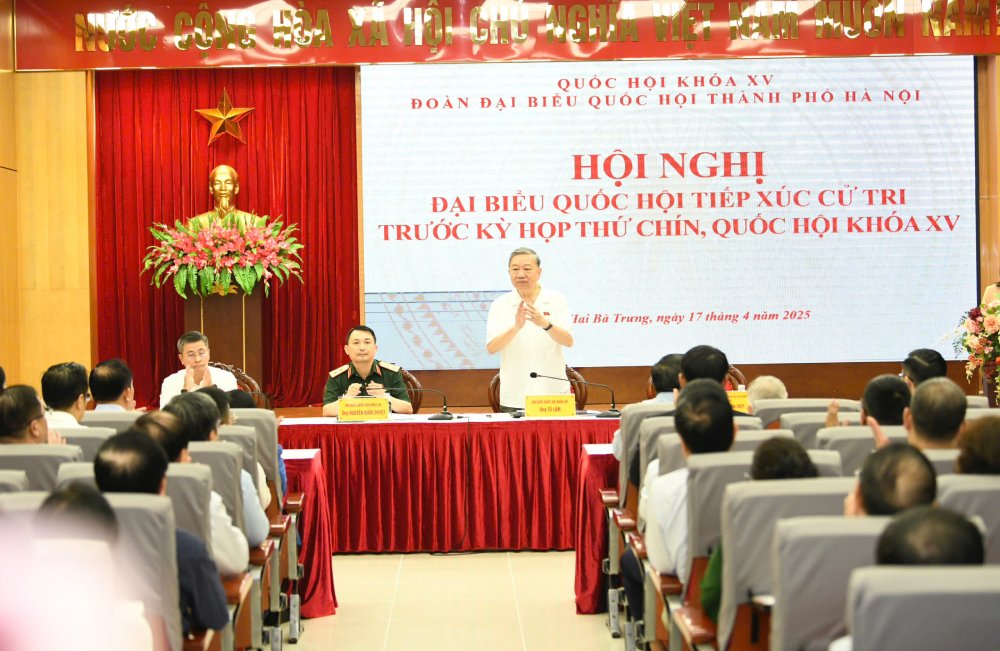





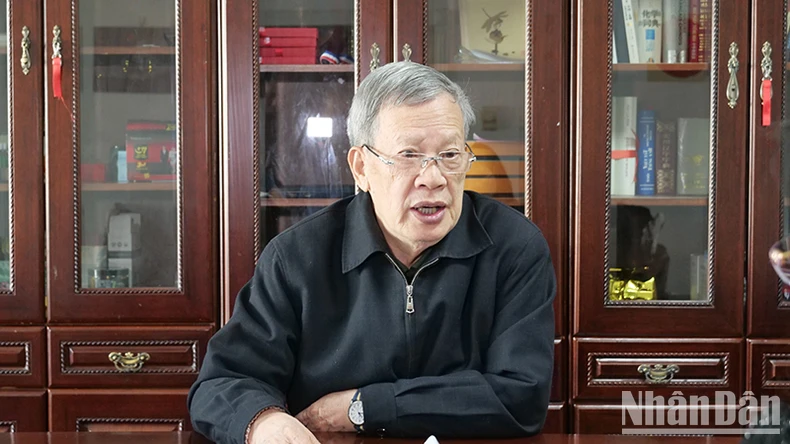





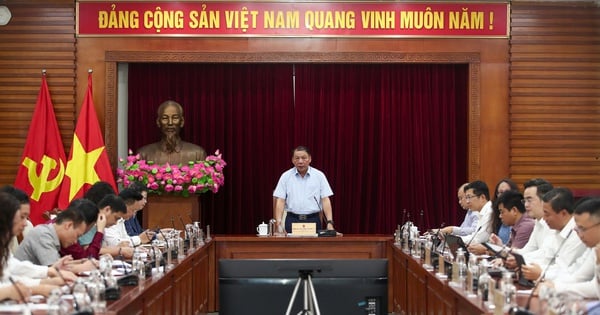





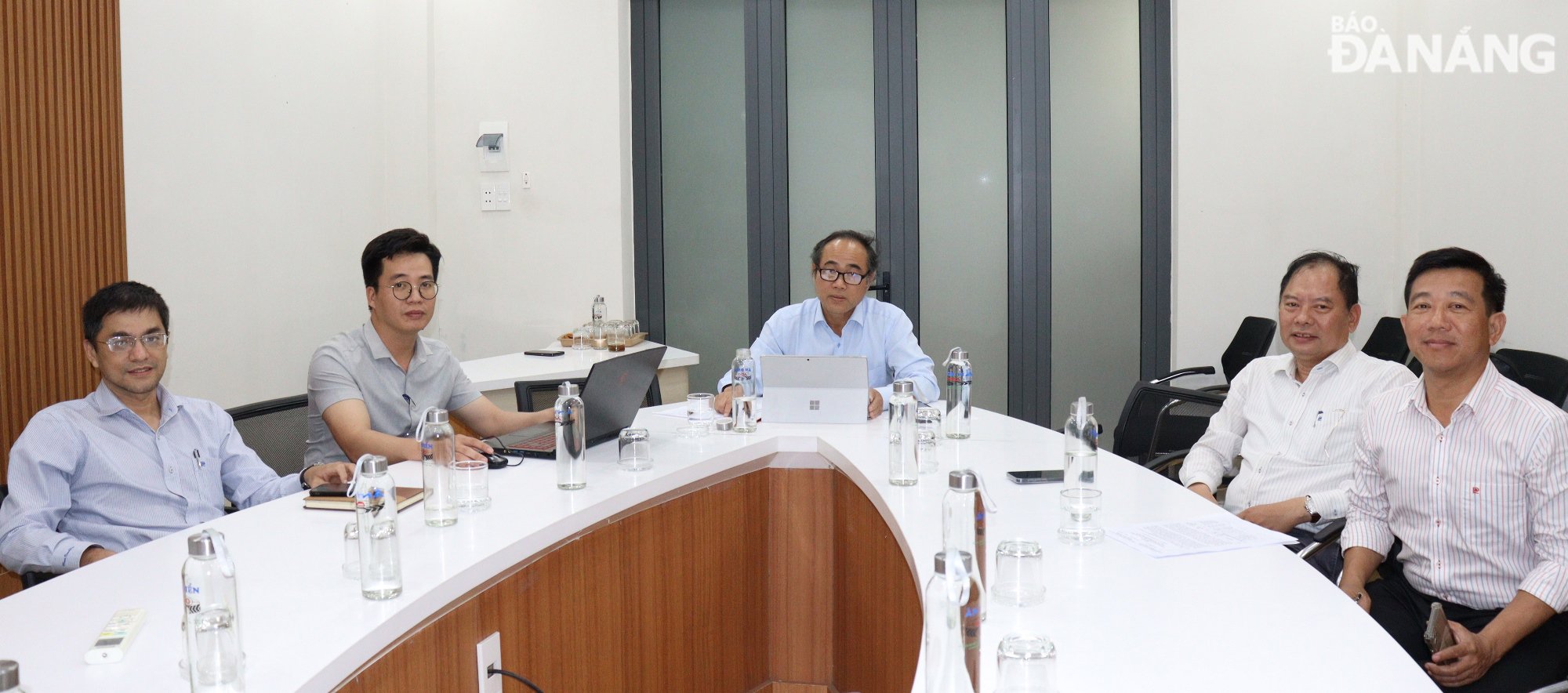





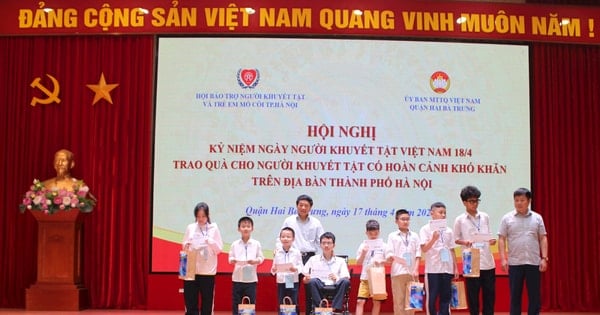











Comment (0)